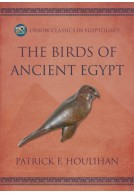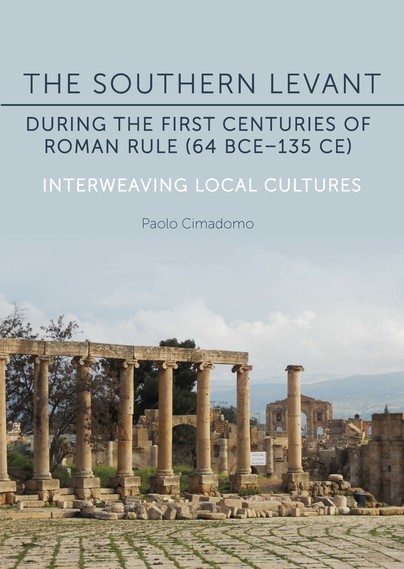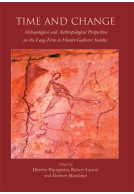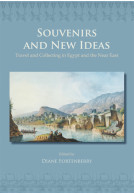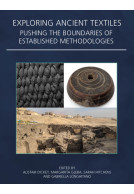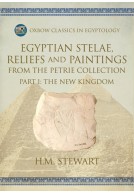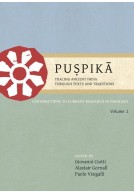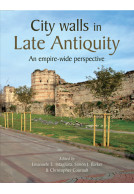The Southern Levant during the first centuries of Roman rule (64 BCE–135 CE) (Hardback)
Interweaving Local Cultures
Pages: 224
Illustrations: b/w
ISBN: 9781789252385
Published: 31st May 2019
Casemate UK Academic
(click here for international delivery rates)
Order within the next 11 hours, 42 minutes to get your order processed the next working day!
Need a currency converter? Check XE.com for live rates
Starting from the issues of globalisation and recent studies about the mechanisms of absorption of cultures into the Roman Empire, this book focuses on the Near East, an area that has received much less attention than the Western part of the Roman empire in the context of the Romanisation debate. Cimadomo seeks to develop new understandings of imperialism and colonialism, highlighting the numerous and multiple cultural elements that existed in the eastern provinces and raising many questions, such as the bilingualism of ancient societies, the relationship between different cultures and the difficulty of using modern terminologies to explain ancient phenomena.
The first focus lies on the area of Galilee and collecting all the evidence for reconstructing the history of the region. The theme of the ethnicity of the Galileans is very complex, as even the literary evidence of the first centuries BC and AD regarding Galilee doesn’t specify anything about their ethnic identities. The question of the Arabs, their origins and ethnicity is also raised, with a particular focus on the Itureans and the Nabateans. Alongside a complete analysis of the territories they occupied, Cimadomo explores the different artefacts: from the sculptures to the pottery, from the temples to the coins, a picture emerges of an area influenced by different cultures where the inhabitants were able to create their own culture, different from all other parts of the Roman empire.
A chapter is devoted to the Decapolis, paying attention to the literary and architectural evidences of each city and their urban development in a little-studied period. An important feature that clearly emerges is the religious nature of the earlier settlements: most of them were probably sanctuaries during the Hellenistic time, and developed only after the coming of the Romans. It was during this development that theatres took a principal role, seemingly the first structures built in every city under Roman rule.
It becomes clear that the problems of homogenization and differentiation were present even in the past. Local inhabitants challenged their identity, adapting and modifying foreign impulses, creating new societies and new ways of being Roman.
